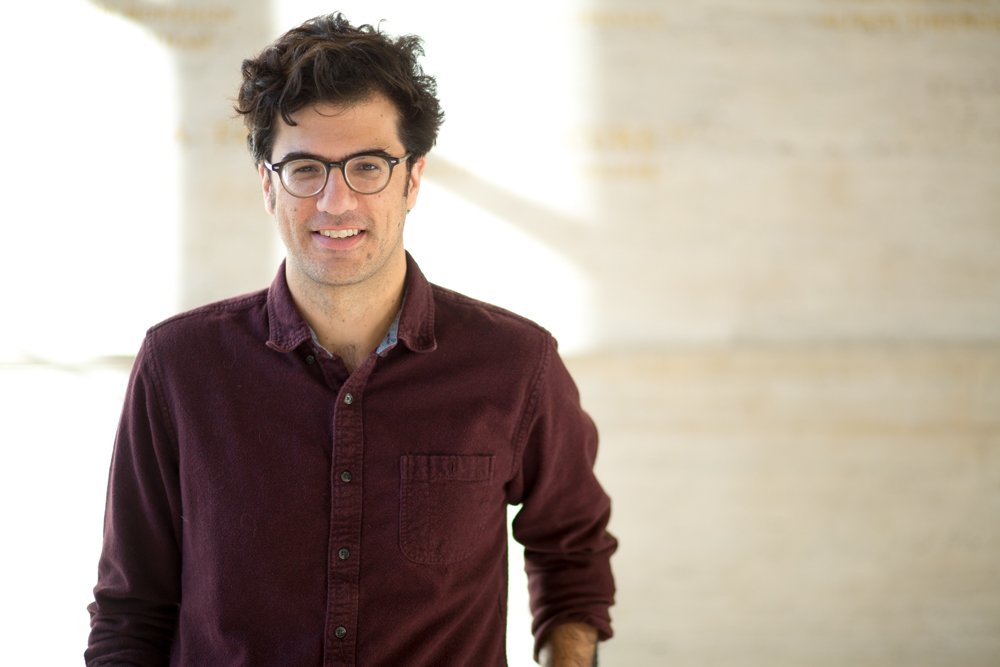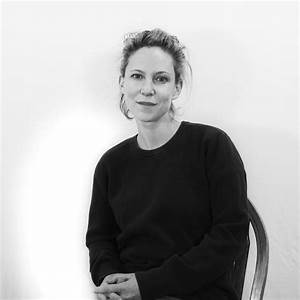Mike took an open seat at the counter of his favorite diner.
Diners were one of the rare things they disagreed on. She hated them. She always complained the food was too greasy. She had a strange phobia of eating where she could watch her food being cooked.
“Coffee?” Thomas, the owner, asked, already pouring Mike a cup.
His gentle face was betrayed by a pair of thick horn-rimmed glasses he claimed he had been wearing since the late 1950s. He opened the place at five a.m. thirty years ago, yet his button-down shirt and black slacks didn’t have a visible stain or wrinkle. He was lean, bald, and the horniest widower Mike had ever met.
“Actually, do you have tea?”
“Are you shitting me?”
“Yes, keep pouring.”
“I’ll be back with your chili, asshole.”
Mike didn’t make it a habit of pairing chili with his morning coffee. He was skirting the line between breakfast and lunch, so Thomas was probably hedging his bets. He liked to have Mike’s food ready before he ordered it. Thomas never gave him a menu and loved to use him as a guinea pig for new recipes. He didn’t charge, so Mike couldn’t complain about the extra bathroom time some of the man’s experiments induced.
Mike added a few extra sugars to eliminate some of his coffee’s strength. He listened in on the conversation the older regulars were having about the hometown AAA team’s late-inning loss last night. So-and-so blew the save, and the much-heralded, brawny outfielder struck out four times. These old timers were cataloging statistics with the ease of Bill James. They were even sophisticated enough to include WAR, FIP, and OPS+, but most of them agreed that they were bullshit. A guy was a baseball player or he wasn’t.
Mike tuned out and absorbed the diner’s music. He was convinced Thomas had his daughter positioned in front of a cassette tape boom box. Mike did have to admit that there usually was a respectable blend of oldies, folk, and classic rock. There were few places in the world he was able to relax (thanks to recent events, that list was even smaller), but he felt right at home with these old bastards, degenerates, and hungover hipsters.
“I had a feeling I’d run into you soon enough,” a voice said behind him.
Mike swiveled in his seat and found himself staring at a familiar pair of long legs. She had her blond hair worked into a ponytail, which matched perfectly with her dark yoga pants and purple sneakers. Her torso was all rebel; she wore a Nine Inch Nails T-shirt and a black leather jacket that made him long for a Marlboro Red.
“You going to gawk or ask me to join you?” she asked.
The typically mute and motionless South American regular sitting next to Mike immediately shifted to the next open stool as soon as he caught sight of her. He encouraged her to sit down with his broken English and wayward eyes.
“Do you mind?” she asked.
“Of course not, ma’am,” Mike said. “But I’d watch him, he gets handsy.”
The guy didn’t understand but nodded his head vigorously.
“I’ll take my chances,” she said. “Do all military guys talk like you?”
“We’re polite killers. I’m Mike.”
“Nikki.”
She grabbed his hand before he had a chance to fully extend it. Her grip was as strong as any commanding officer’s.
“What can I get you, darling?” Thomas asked.
Mike noticed his baritone dropped an octave.
“Oh, I’ll have whatever he’s having,” she said.
“He’s having coffee and chili.”
“Really?”
Mike shrugged.
“Well, that won’t do,” Nikki said. “What do you recommend?”
“For you?” Thomas gave her an exaggerated once over, which made her giggle. “Tea, scone, and half of my bank account after our inevitable divorce.”
“Make it a blueberry muffin and you’ve got a deal. They look delicious!”
“Can I expect my omelet any time soon?” Mike asked.
“You’re getting chicken pot pie today. Homemade. You’re going to love it,” Thomas said. “At least you better, I ordered ingredients for a week.”
Thomas walked away, but not before giving Mike a couple of animated fist pumps.
“So, this is where you hang out?” Nikki asked.
“Either here or the strip club,” Mike said. “I work the afternoon shift.”
“I’d pay good money to see that. What do you actually do for a living?”
Shit, Mike thought.
He wasn’t looking for anything, but he certainly didn’t want to scare her away completely. Another added bonus of surviving that desert cemetery was a decent combat pension that allowed him to be pretty fluid about employment. He worked as a bouncer one night, a grocery clerk the next. He may have even worked security for a local strip club. The low point was signing up to be a clown at a farm hosting an event for military families. Some kid stole his red nose.
“Well, I …”
A hand slapped Mike’s back. He almost spilled his coffee all over Nikki. Ernest’s clean-shaven chin appeared over his shoulder.
Gang’s all here, Mike thought.
“This cover band is making a hash of this Warren Zevon song, don’t you think?” Ernest asked.
“I think this is him,” Mike said. “The speakers suck.”
“You guys want to move this to that table that just opened up?” Thomas asked. “I’ll send this knucklehead’s chili over when you get settled.”
“Chili and coffee?” Ernest asked.
“We’ve been here already,” Mike said. “Don’t knock it until you’ve tried it.”
Nikki eagerly strutted over to the table. Mike caught Ernest’s arm.
“Is this allowed?”
“As long as I pay, sure,” Ernest said.
“In that case, after you.”
“You mind if I excuse myself to use the ladies’ room first?” Nikki asked.
Mike made a big show of gesturing toward the restrooms. His goal was to keep her interested long enough to figure out if he could still be interesting.
“You like Warren Zevon?” Ernest asked.
“He’s okay.”
“Do you have a favorite song?”
“I’m partial to ‘Searching for a Heart.’” Mike held up his hand. “It’s not a thing, I just like the tune.”
Ernest laughed and Mike half expected him to pull out his notebook and write it down.
“I’ve always dug ‘Werewolves of London,’” Ernest said.
“Then can you tell me what the hell that song is about?”
“No idea.”
“You’re the worst. Why was I referred to you again?"
“The government likes cheap.”
“They didn’t pay you to follow me, did they? As you can see, I’ve already got someone on my tail.”
“Are you considering asking her out?”
“I feel if I answer that question, I’m going to get an invoice tomorrow,” Mike said.
Mike’s hand started shaking. He didn’t notice it at first because his mug was empty and he still hadn’t eaten anything. He knew he was in real trouble when the tremors reached his elbow. The diner’s sweet symphony of assorted languages, whitewashed porcelain plates meeting cheap metal tables, and fry cooks flirting with waitresses coalesced into a high-pitched whine that threatened to lacerate his eardrums. Mike could see Ernest’s concerned expression, but he knew if he didn’t use whatever motor skills he had left, he wouldn’t make it to the bathroom. He sloppily exited the booth, slurred incoherently, and took three long strides past the counter.
Mike lowered his shoulder through the bathroom door, sank to his knees, and lifted the seat without studying its condition. He violently threw up a mix of half-digested coffee and medication. The sight of it made him vomit even more. He emptied himself out, but his body refused to believe it. Dry heave after dry heave forced his head further into the bowl. It felt as if all his ribs were cracking. The ringing in his ears was deafening. He wept as hard as he was throwing up.
Mike’s body finally began to accept he had nothing left to give. He swallowed hard, forcing down whatever stomach acid had been on its way up. He flushed the toilet and collapsed.
He felt drunk as if he had spent the morning chasing gin and tonics with rotgut whiskey. He could hear a voice shouting at him. Phil. His brother was trying to open her door. He kept telling Mike to be quiet.
Mike’s deployment date was close. Phil had decided his brother needed a sendoff that would require a liver transplant. Mike drank every shot handed to him and smoked a cigar every hour. A cheap champagne fight broke out, which added a layer of suds.
Phil lost his grip on Mike, whose head slammed against the door. He didn’t feel anything and tried to drunkenly explain that there was a trick to the lock. He didn’t get a chance to try it. She was standing in front of them with a baseball bat in her hands. She thought someone was breaking in. The rest of the men scattered.
Mike fell into her arms and then immediately hit the floor. She didn’t have the upper body strength to catch him. She made him crawl to the bathroom, poking him with the end of the bat to keep him moving. Mike managed to slide into the tub before she dumped a gallon of ice water on his head. He lost his breath and started crying. All of his insecurities and fear rushed out.
“Why are you with me?” he asked. “You could be with anyone. Why did you choose me? You can run away after I leave. Don’t wait for me. I love you too much to see you waste your time. I don’t want to die. I want to stay here with you. Why are you with me?”
“Because I love you,” was her answer to most of his questions.
The others she ignored. She was his forever, and he couldn’t believe it fully. All her love didn’t seem possible.
Didn’t she harbor some kind of unrequited love for someone? How could she possibly love him with her whole heart?
He was laid out like a starfish thinking about all this when she returned hours later to dredge him out of his emotional waste.
“Get up,” she said. “Get up and I’ll figure out a way to make it all go away.”
She may have only said it once, but Mike heard it on repeat.
Get up.
Get up.
Get up.
Mike shouldn’t have looked at himself in the mirror. His cheeks were hollowed out, and he was the color of a Styrofoam cooler. He didn’t have the strength to splash water on his face, so he unlocked the door and rejoined the world.
His breakfast companions hadn’t left.
“You want to talk about it?” Ernest asked.
“Not until I’m legally obligated.”
“He’s fine,” he said to Nikki.
Mike didn’t want to face her, but he did. The cloth she pressed to his forehead was cold, but her smile was warm.
“Welcome back,” she said.

















